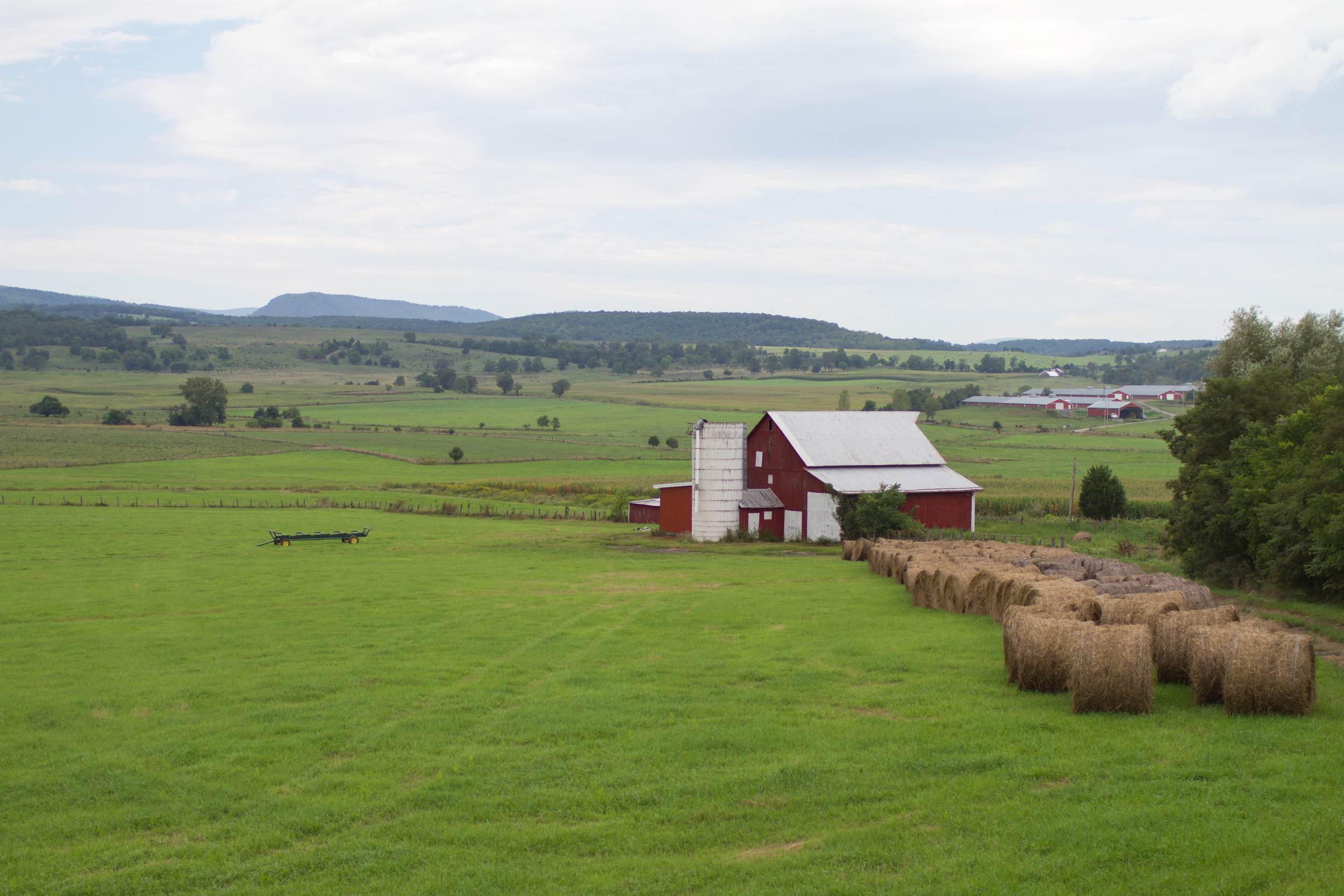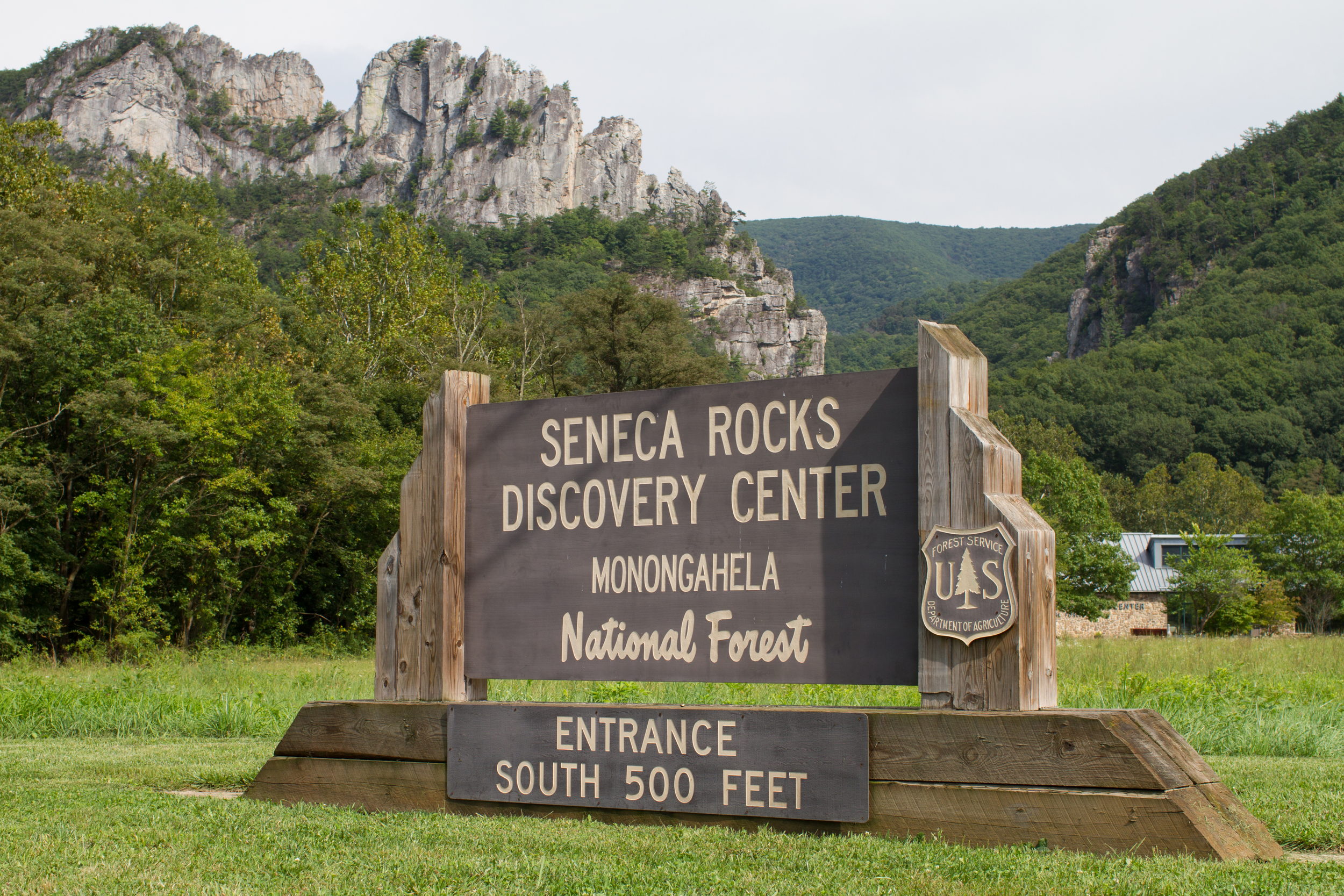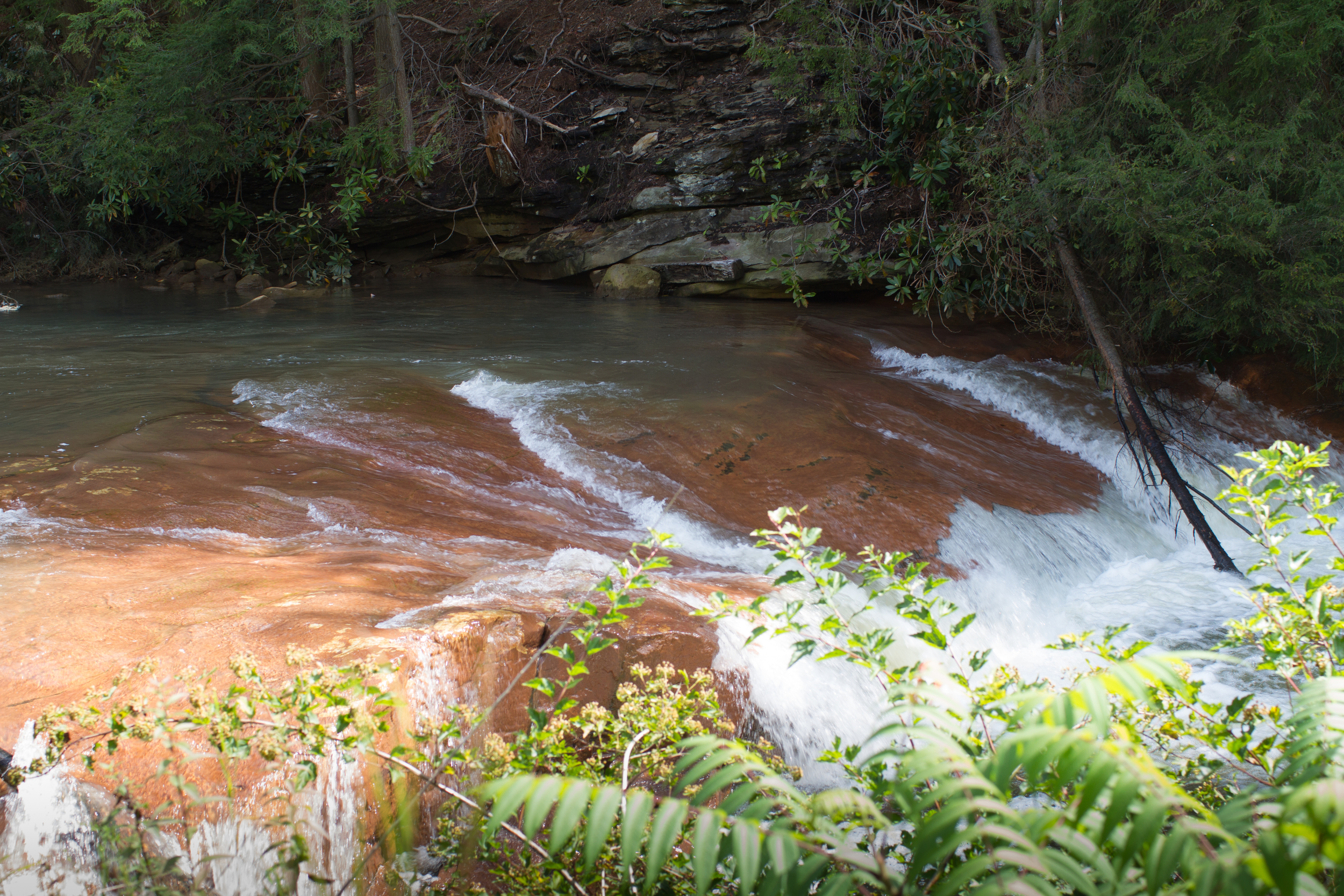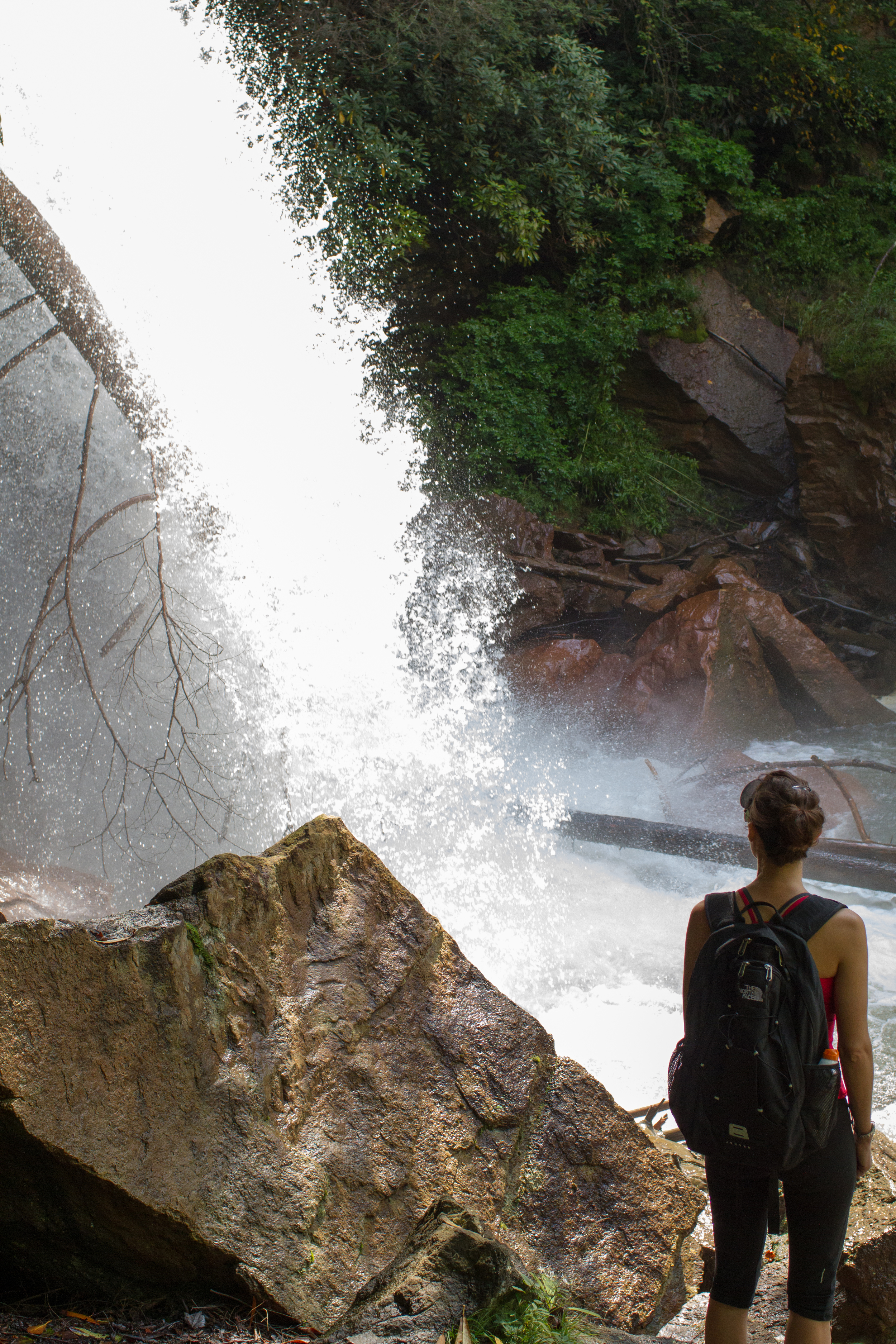Soon all of our attention will be consumed by our baby girl, entering this world in late April, God willing. To "celebrate" we headed south to The Avenue of the Volcanoes for our BabyMoon over President's Day Weekend and stayed at some fantastic Haciendas. Many thanks to Suzan, Michelle, and Vince for the birthday gift!
The Avenue of the Volcanoes was named in 1802 by the German exploreer Alexander von Humboldt. Known as the spine of Ecuador, it can also be thought of as a ladder where the north side of the ladder resides in Quito and goes south several hundred kilometers. The sides of the ladder are where the mountains and volcanoes reside while in the middle is a fertile valley at an elevation of around 9,000 ft. Driving south from Quito, along the Pan American Highway, on a clear day one can see off in the distance Volcan Antisana (18,860 ft.), Volcan Illiniza (17,218 ft.), and the famous Volcan Cotopaxi (19,350 ft). Cotopaxi is roughly 50 km south of Quito.
We stayed at 2 haciendas, each with its own history. The first was Hostería La Ciénega. To paraphrase from Insight Guides - Ecuador & Galapagos, its main house "is a stone mansion with huge windows, stone-cobbled patios and Moorish-style fountains". It was built in the mid-1600s for the Marquis family. The bell in the stone chapel, installed in 1768 after 20 years of devastating eruptions from Cotopaxi, is still rung every Sunday morning. It is said that the Maenza-Lasso family plotted Ecuador's independence from Spain here in the 1800s. The food here is fantastic and the menu contains a wide variety of dishes.
For our second hacienda we stayed at San Agustin de Callao, one of the 5 best haciendas in Ecuador. Again paraphrasing from Insight Guides - Ecuador & Galapagos, it was built on an Inca palace site. Its chapel and dining room are built "entirely within the original Inca stonework". The Hacienda offers horse-back rides around Cotopaxi that I'm sure are with impressive views of the volcano on a clear day. We opted out of the ride given Julia's belly but we thoroughly enjoyed the fantastic meals!
During the day we headed to the Parque Nacional Cotopaxi. Upon entering the park we noticed pine trees on both sides of the highway. The Monterrey Pines were brought in from California and grow much quicker than the native trees, perfect to supply the demands for lumber in the area. The problem, however, is that this pine spread quickly and overtook the native vegetation. Continuing our drive into the park, and ascending in altitude, the road turned from paved to gravel. At the visitor's center we stopped and did a small hike overlooking what appears to be a gorge created by lava flows from Cotopaxi. We then continued the gravel road up the mountain eventually stopping at the parking lot just below El Refugio. This is where nearly 15 years ago Julia stayed a couple of nights acclimating before climbing up the volcano. Roughly ~14,000 feet high high we could see El Refugio and the glaciers Julia had to climb to get to the peak. The view down was impressive. We later drove back down and somehow veered off into the off-roads heading towards Volcan Sincholagua. The off-roading was fun with Mars-like terrain and massive rocks dotting the area. It was quiet and surreal with just the occasional contact with other off-roaders and wild horses. Eventually we stumbled on a creek from which Julia recalls drinking 15 years ago -- this is most likely how she got Giardia given she saw a dead horse further up the creek.
The next day we returned to the park and took a nice hike around Limpiopungo Lagoon. On a clear day one would be able to see Cotopaxi but on this day clouds again blocked our view.
We will be returning frequently to this incredible park and hope to capture the volcano unobstructed by clouds. Obviously this is the most I've written in a blog but the area is just fantastic.
To view the entire album click here.
















































































